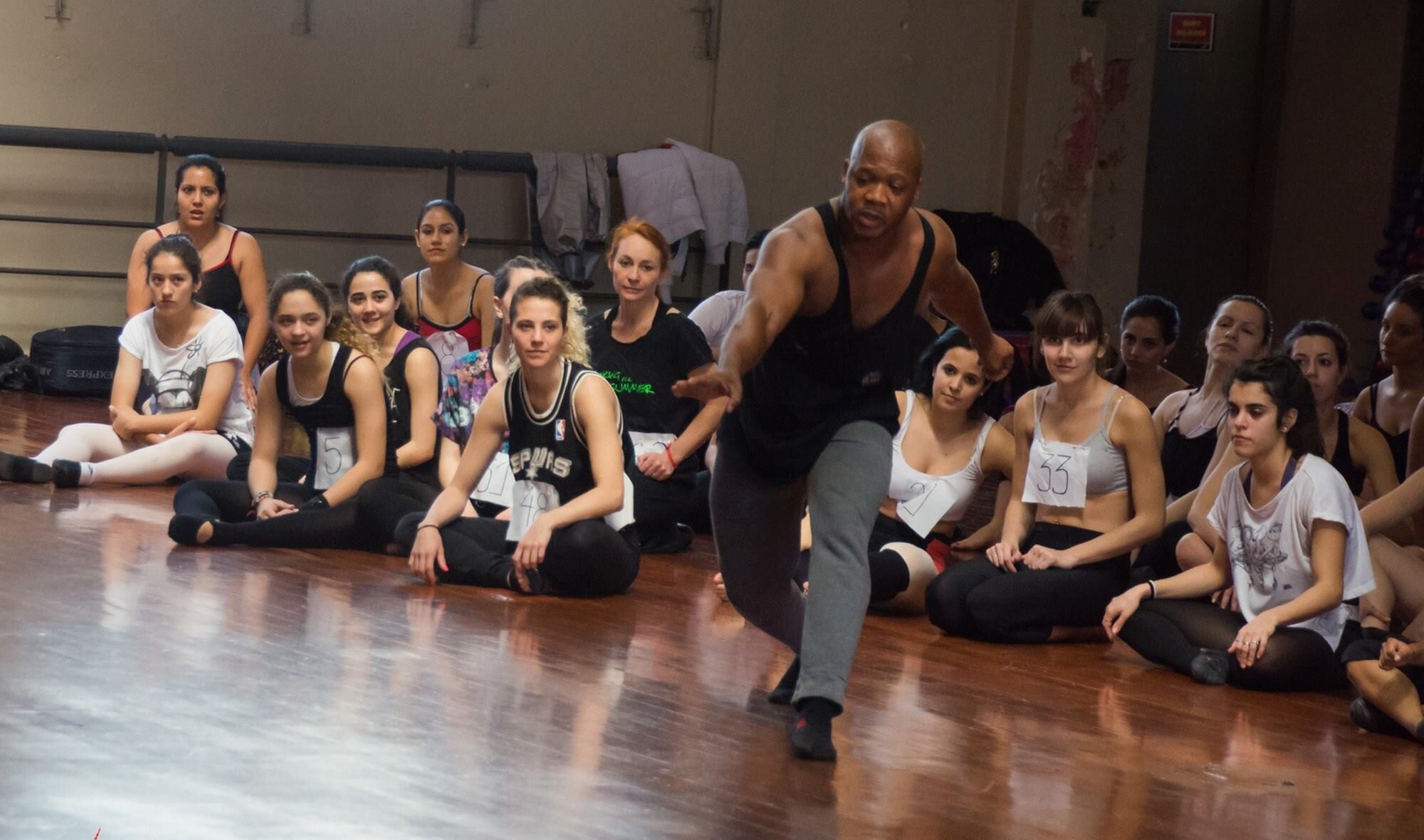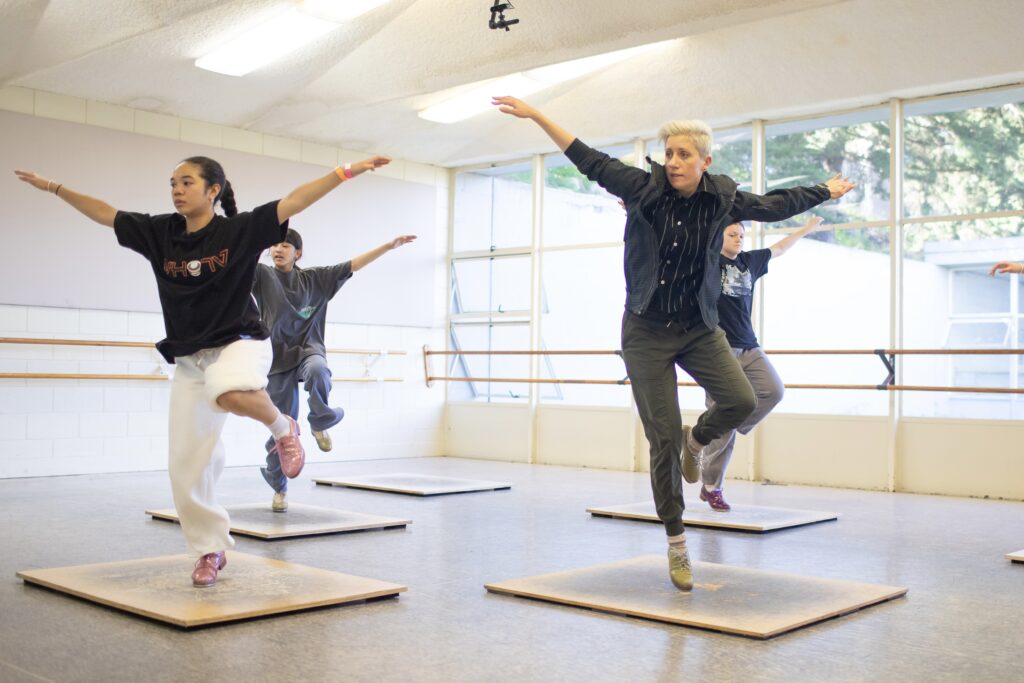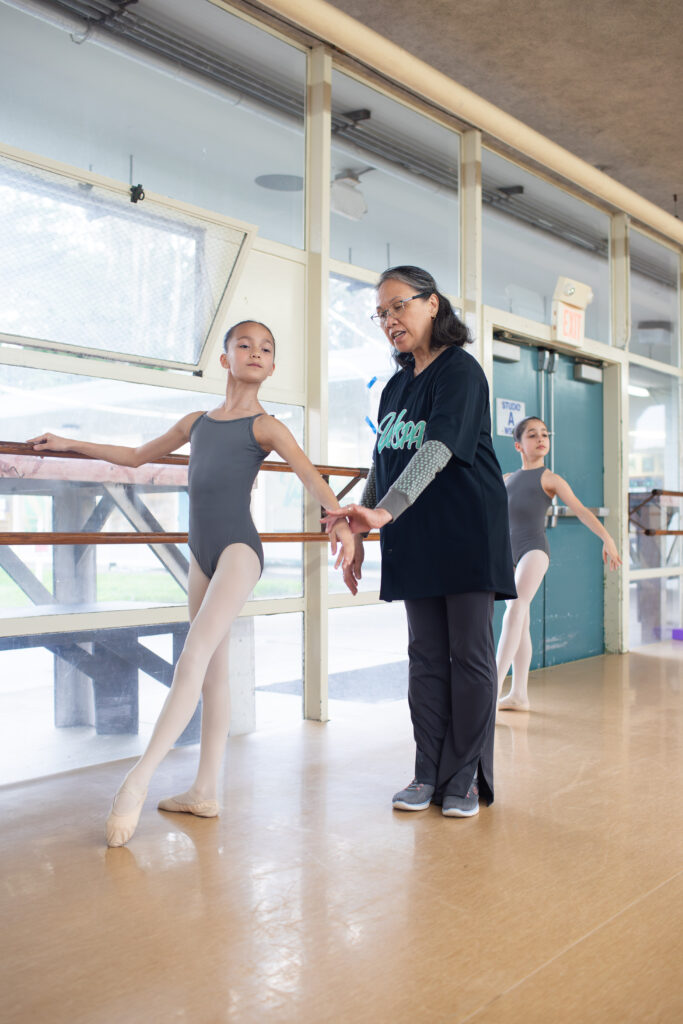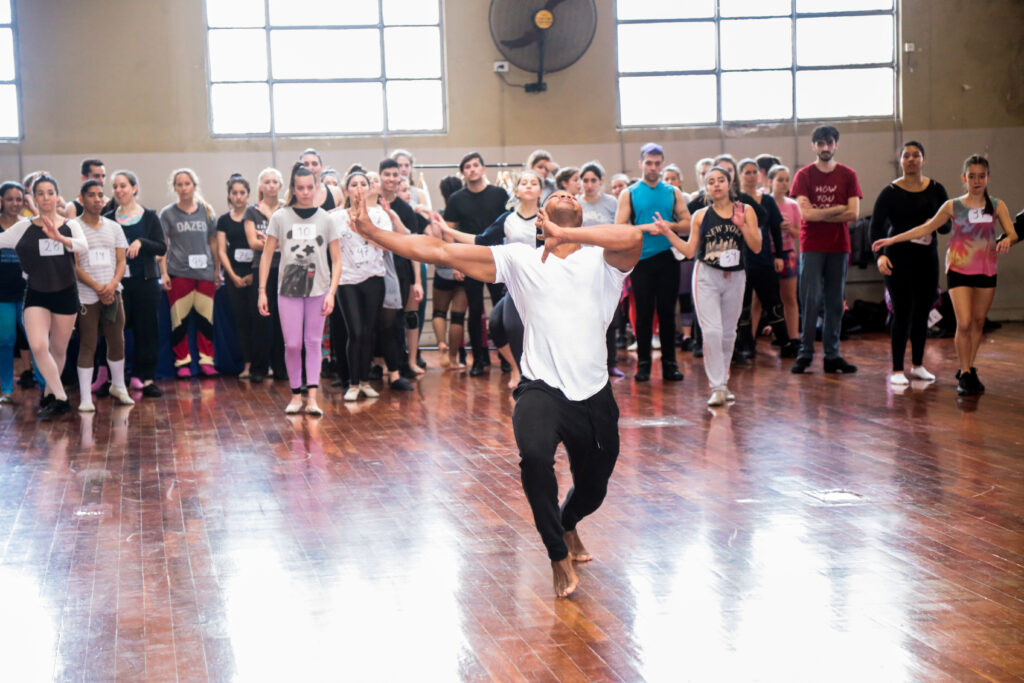
Trying to book a dance teaching gig isn’t like your average job hunt where you simply send in your resumé and do an interview. You likely also have to share a video reel, teach a trial class, and demonstrate how you connect with the students. And at every step along the way, you’ve got to focus on making yourself as marketable as possible to potential employers.
So if you’re looking to get more teaching gigs, keep these nine tips in mind to ensure you’re putting your best foot forward every step of the process.
1. Submit All the Materials Requested
Jason Warley, the owner of Man in Motion, which connects studio owners with dance educators, always asks candidates to submit the same things: a resumé, a bio, a photo, videos of their work, and a link to a website if they have one. But that’s not always what he gets. “Fifty percent of the time, I’ll just receive a photo and a video link. Or they’ll direct me to their website, and everything I’m asking for is not on that website,” he says. If you don’t have all the materials a job posting requests but still want to apply, he suggests stating what’s missing and when you will be able to send it. Otherwise, the employer might skip over your submission.

2. Watch for Profane Lyrics
If you’re going to be teaching minors, double-check your video reel to make sure all the songs are child-friendly. “I find that this happens mostly with hip-hop instructors,” says Warley, “but I’ve experienced it across the board.” If there’s cursing in a song, edit that part out, or use different footage altogether.
3. Show Yourself in Action
When you’re capturing footage of one of your classes, make sure you’re part of it. Studio owners want to see more than just what your students and combinations look like—they want to get a sense of your rapport with your pupils. “Actually seeing the teacher in action helps me to assess what their energy level is in class, how they connect with their students, the presence that they command in front of the classroom,” says Warley.
4. Take Care of Your Reputation
These days, it’s common practice to Google an applicant and check their social media profiles to get a sense of who they are, so pay attention to what you’re posting online. Malu Rivera-Peoples, artistic director of Westlake School for the Performing Arts in Daly City, California, also points out that you need to take care of your IRL reputation, too, since the dance world is incredibly small. “Many hires are made by people referring people to me,” she says. If you’re careful not to burn bridges, each job you get can open doors for the next.

5. Label Your Documents Clearly
Sometimes studio owners keep an application on file for particular openings down the road, so you want to make it as easy as possible for them to find your materials later on. “If John Doe didn’t label his name on anything—his photo is labeled Image321 or his bio is labeled Document3—then we don’t have any instant record of him when I try to go back and find John,” says Warley.
6. Pay Attention to the Details
Dance educators can sometimes be so focused on booking enough work (understandably!) that they’ll apply to jobs before thinking through the logistics, according to Warley. If a vehicle is required to get to the studio, or the position is for a 4 pm class on Fridays, make sure you can meet those requirements. It’s not worth “getting your foot in the door” only to have it fall through because you didn’t pay attention to the details; that doesn’t make a great first impression.
7. Keep Beginners in Mind
In the interview, don’t try to impress by name-dropping who you’ve danced for or taught in the past. A better approach is to mention your experience with all kinds of dancers—particularly beginners, even if you’re applying for a role working with more advanced levels. “If you’re not able to teach the beginner, then you’re not able to teach the advanced, because you have to break down every single thing for them as well,” Rivera-Peoples says. “Talk about how you’ve transformed children, seen them bloom, or inspired them to work.”

8. Be Ready to Respond Quickly
Warley says that applicants sometimes only share their email addresses in submissions, but a phone number is essential in case the studio owner needs a quick turnaround. Make sure you can be contacted quickly and easily—and then respond ASAP. “If there’s too much time lapsing after being contacted, we’ll just move on,” Warley says.
9. Express Your Passion for Teaching
Many schools audition new teachers by bringing them in for a trial class or a short summer program. If you get that opportunity, use it to showcase your love of teaching. Arrive on time, work to connect with the students, and show you’re there for more than just a paycheck. “It takes a special quality to be an effective teacher,” says Rivera-Peoples. For her, it all comes down to being honest about your desire to nurture the next generation.





